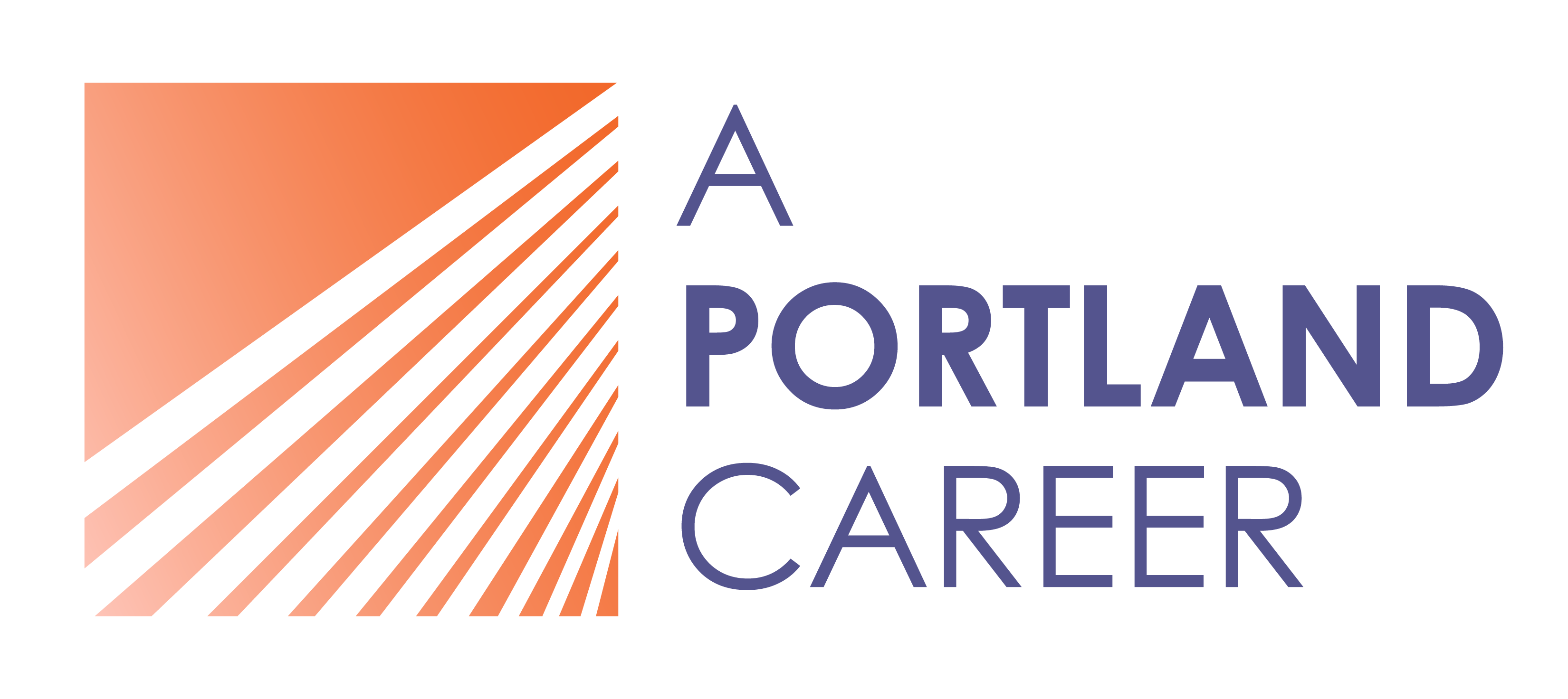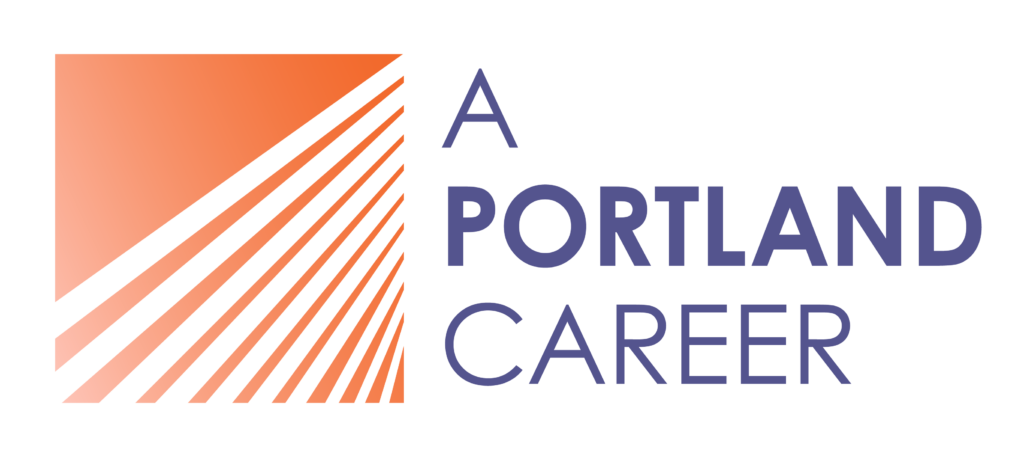Find the networking style that works for your personality. Read more to learn how to use LinkedIn, create an elevator pitch, and organize your networking contacts.
LinkedIn isn’t just a glorified resume or a simple social platform. Wield the power of LinkedIn to meaningfully grow your professional network.
How to Network on LinkedIn
Like a Pro
By Dan Hahn, M.S., and edited by Jelena Grove and JD Duran
Not sure how to get started on LinkedIn? Talk to us
Create Job Opportunities through Your LinkedIn Contacts with Vicki Lind
Work with Vicki
If you’re a job seeker and find yourself resisting LinkedIn, you’re making a common job search mistake. Let’s get you comfortable with LinkedIn and boost your job search with this powerful platform!
Schedule a complementary chat about how I can help you boost your job search!
We get that social networking isn’t for everyone— but LinkedIn is unlike any other social media network. And if you’re a job seeker, it’s by far the most important.
We emphasize the importance of online networking (and offline, of course) to our clients all the time. It’s estimated that around 70% of jobs are obtained through networking, and if you’re not starting the process on LinkedIn, there’s a good chance you may be leaving money on the table.
No matter your career path, connecting with other LinkedIn users can help you find jobs, learn about industries, and forge lasting relationships with people who share your interests and passions.
Let’s take a look at how to build your professional network and make meaningful connections that may just lead you to a new job.
Home → Helpful Articles → Networking → How to Network on LinkedIn Like a Pro
Here are a few more articles that can help you get started networking:
- Find the Networking Style and Tools that Work for You
- How to Craft an Elevator Pitch: The Secret to Successful Networking
- 23 Informational Interview Questions and a Networking Process that Works
- Expert Tips for Networking In Portland, Oregon (even if you don’t like networking)
- How to Get Great References for Your Next Job Search
- I’m Looking for a New Job: What Do I Do about Bad Job References?
If you’re feeling stuck, or need to get over your networking dread, schedule a consult with us!
On This Page
- Tip #1: Make sure you have a complete LinkedIn profile
- Tip #2: Identify potential connections and expand your LinkedIn network
- Tip #3: It’s okay to be choosy about your LinkedIn connections
- Tip #4: Use LinkedIn’s advanced search features
- Tip #5: Tap your network and ask for introductions
- Tip #6: Giving and getting LinkedIn recommendations and endorsements
- Tip #7: Follow the company pages of employers you’re interested in
- Tip #8: Consider getting a LinkedIn Premium membership
- Final thoughts on networking on LinkedIn
Tip #1: Make sure you have a complete LinkedIn profile
Your LinkedIn page is your digital first impression and typically the first thing recruiters, hiring managers, and your future boss will look at if you’re being considered for a job.
So before you begin the outreach process or start making new connections, you need to have a presentable, filled-out profile complete with all the basics. At the very least, you’ll need a profile picture, a headline describing your desired role, a LinkedIn summary, and a work experience section.
We wrote a post that covers everything you need to do to create a standout LinkedIn profile.

Tip #2: Identify potential connections and expand your LinkedIn network
Now that you’ve got your profile ready, your task now is to maximize the number of people who see it. The more people in your network, the greater the chance you’ll come across someone who can introduce you to people in your target industry, field, or potential employer.
Start by examining your current network. How many connections do you have? You can check by clicking the “See connections” button to the right of your profile page. We recommend aiming for 500 connections or more.
Here’s how to add more connections:
- Upload email addresses from the contacts you already have with the “See Who You Already Know on LinkedIn” feature. Once you upload your addresses, you can see a symbol next to the people who are on LinkedIn. Remember to send a personalized message when you invite people from your past.
- Locate past colleagues you worked with in by clicking on a past employer. Then you can see the names of people currently working there and who worked there in the past.
- Tap into your alumni network by clicking on one of your colleges listed in the Education section of your profile. Then you can see a list of people who graduated from the same colleges as you.
- Scan the “people you may know” bar. It provides names on the “My Network” page of people it “guesses” you might be acquainted with based on current or past employers, location, keywords, and people you’re already connected with.

Tip #3: It’s okay to be choosy about your LinkedIn connections
Unfortunately, we all get LinkedIn invitations and scratch our heads asking things like, “Who the heck is Leo Shrepnek?” (Note: that’s the same thought someone may think about you if you send an invite to someone out of the blue.) We vacillate between believing our memories are disappearing and that Leo’s invitation is spam—no matter how friendly his profile photo is.
You don’t want to accept just anyone that you don’t know. When faced with an out-of-the-blue connection request, you have three options:
- Select View Invitation and choose Ignore.
- Read the person’s profile and, if they’re in your industry, accept them and send a note that says something to the effect of, “I may not recall meeting you, but because of our common interest in ____, I’d be happy to connect with you.”
- If you scan the person’s profile and you’re still unsure of their trustworthiness, hold off on accepting the invite and send a note like, “I may be forgetting that we have met. I would appreciate it if you could refresh my memory and let me know how we could be of help to each other on LinkedIn.”
Treat your LinkedIn Network like your refrigerator. Every few months, go in and remove connections you no longer remember or trust. The person will not get a notice that they’ve been removed.
Tip #4: Use LinkedIn’s advanced search features
LinkedIn search filters make it easier to find people in your network. From your profile’s main page click on the “My Network” tab, then find the “Manage my Network” box on the left, and click “Connections” to reveal a page that lists all your connections. Then, you’ll see a search bar that gives you the option to “search with filters.” That’s what you’re looking for.
From there, the search bar on the right lets you select one of nine filters, including:
- Keywords (where you type in keywords related to your field, like “ceramics” or “sustainability”)
- Connections of (A field will appear in which you can type in the name of a 1st level contact and see their linked contacts.)
- Location
- Current Companies
- Past Companies
- Industries
- Profile Language
- Nonprofit Interests
- Schools
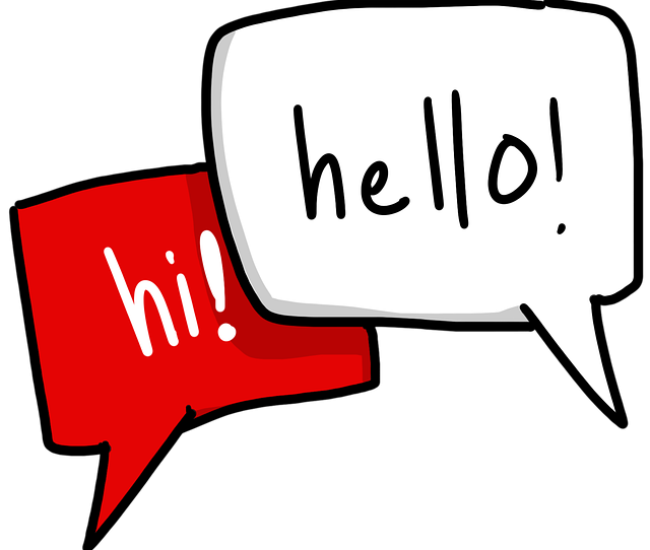
Tip #5: Tap your network and ask for introductions
Once you have a network of at least a hundred connections, you can start searching for 2nd degree connections. These are people who your first connections are connected to and can potentially introduce you to. Here are three approaches for tapping into these mutual links.
- Review your connections’ connections (2nd degree).
Whenever someone has accepted an invitation to be in your network, you can see the profiles of the people in their network. If they happen to be connected to a person of interest, send a LinkedIn message or an email and ask if they would be willing to introduce you. If you’re hoping to set up an informational interview with the person, be sure to mention that and tell them what you hope to learn. Keep your message brief, and don’t send the individual you are hoping to meet a LinkedIn request until you have at least made contact with the person over email, in person or by phone.
2. Search by job title keywords
While still on the Connections page, input a job title in the search field. LinkedIn will show you the profiles of local individuals with these job titles. Look for the number 2, which will indicate 2nd degree connections to see if you have a mutual contact to introduce you. Even if the person is a 3rd degree connection or is completely out of your sphere, it may be useful to examine their education and work experience to see how they prepared for their current position.
3. Search by employer
These days, most employers have a LinkedIn company page. In your search bar, type in a company you’re curious about. LinkedIn will show you people who work for that organization, once again indicating with a “2nd” if they are known to your contacts. Even if there’s no one in this organization you can get an introduction to, you can review the company’s employee profiles to compare your background and see what types of education or experience you might need to be competitive enough to apply. What’s more, you can see which online communities a person belongs to and then join those LinkedIn groups to start building relationships.

Tip #6: Giving and getting LinkedIn recommendations and endorsements
Start by giving LinkedIn recommendations and endorsements to others
Being a job seeker can be tough because you feel like you are always asking people for help. To balance the scales, make a practice of writing LinkedIn recommendations and endorsing the skills of colleagues and professionals you know— and it doesn’t matter if they’re in a position to help you or not (although it certainly helps if they return the favor).
When you go to someone’s profile and scroll down, you’ll see a list of skills they have listed. This is where you simply click the “endorse” button for a skill that you know this person possesses.
If you scroll down a bit further, you’ll see the recommendation section. To write a recommendation, click the “recommend [name]” button, which then pulls up a text field where you can write your recommendation. According to Eric Butow and Kathleen Taylor in How to Succeed in Business Using LinkedIn, your recommendation should be “brief, but certainly write things that are complementary to the person’s personality, capabilities, and talent.”
A good recommendation should include three things:
- Your working relationship — “employer,” “colleague,” “received services,” )
- The person’s role at the time —- (you will be able to select their job title from a drop-down menu)
- The results you received —- both tangible and the feeling that you had: “I felt proud to have one of the highest-ranking websites after J. helped me understand SEO.”
Ask your network for LinkedIn recommendations and endorsements
Having a well-rounded set of recommendations and skills endorsements is a huge boon to your LinkedIn profile. Think of them as marketing testimonials for job seekers; they add credibility to your profile and make it more likely that someone who stumbles upon it will reach out with an opportunity or an introduction.
Start by reviewing old bosses, co-workers, and clients you helped in different positions, and draft a list of people you’d like to ask for a recommendation.
Asking for skills endorsements is a much easier ask since it takes the click of a button to complete. You can reach out to current or past colleagues and ask them to scan the skills you list on your profile and do a quick endorsement of the ones they’ve experienced firsthand.
Recommendations, on the other hand, take a lot more effort on the giving end and can be a bit more nerve-wracking to ask for on the receiving end. That said, the right recommendation can be a make or break factor in your job search — and it’s worth it to put yourself out there and try to get some good ones on your profile.
Keep in mind that if you haven’t worked together for a while, it’s extremely helpful when you ask someone for a recommendation to refresh their memory of your working relationship and subtly direct them a bit. If you’re not sure how to go about it, we wrote a whole post about how to get great references from past colleagues and bosses.
If you feel uncomfortable making this kind of request on LinkedIn because you have been out of touch, you might want to pick up the phone and take a temperature check before asking for a LinkedIn reference out of the blue.
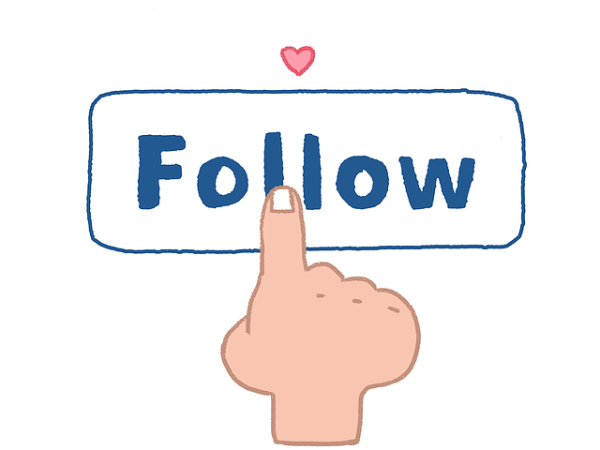
Tip #7: Follow the company pages of employers you’re interested in
When you follow companies on LinkedIn, you’ll get notifications when they post about job openings, networking events, and other opportunities. You also get to see who works for the company and you can scan their profiles for insights as to how they got there and what education and experience they have.
You can also see if you happen to know anyone working there, who you might want to contact for insider tips, and see if you could refer to them in your cover letter (if you choose to apply). Ideally, if they are well-positioned, they will pass your name on to the hiring manager or HR to keep an eye out for your resume. If you don’t know anyone currently working there, you may find out if anyone you know worked there before by doing a “people” search for the company. Any of your connections who used to work there may be able to help you as well.
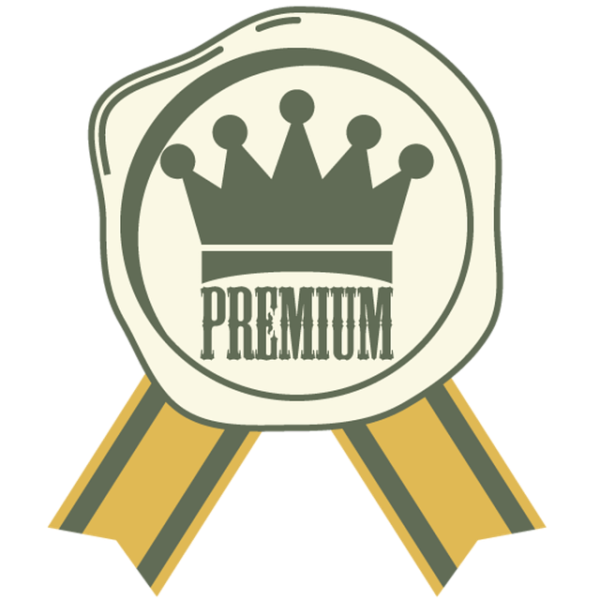
Tip #8: Consider getting a LinkedIn Premium membership
If you can spare the $30/month, LinkedIn Premium unlocks all sorts of benefits that can give your networking efforts a real edge.
The most helpful feature is the ability to see who views your profile, so you can get a sense of the people and employers who may be interested in you.
It also allows you to filter your search more than the free version, lets you direct message people at the 2nd and 3rd tier, and get access to online learning courses that can help you in your job search.
Plus, if you want to give Premium a test drive, you get a free 30-day trial.
Final thoughts about networking on LinkedIn
We want to end this post by telling a quick success story about one of our clients, who was able to get clarity on his career goal by using some of the tips laid out in this article.
Jon was an architect who was tired of working solo, and was unsuccessful in his pursuit of a job in one of Portland’s crowded architecture firms. He knew he wanted to explore working for lighting design firms, but didn’t know where to start. So, our head career coach Vicki suggested that he go through her profile’s connections and run a filtered search for people who had the keyword “lighting” in their profiles.
Jon scanned their profiles and sent some connection invitations, saying that Vicki recommended he reach out. As a result of the informational interviews that followed his outreach, he learned which lighting pieces to emphasize in his portfolio, which firms to target, and which professional conferences he might attend. These activities affirmed that transitioning from architecture to lighting was the right move for Jon, and allowed him to take the first steps down his new career path.
Key takeaways
- Make sure you have a complete, presentable LinkedIn profile before you start using it for online networking
- Add connections to your profile by adding your email contacts, current and past colleagues, and alumni network—just remember to be selective about who you connect with
- Ask your connections for introductions to other people and informational interviews to learn more about a company, industry, or position
- Give skills endorsements and recommendations to people, and politely ask for them in return
- Follow company pages and join LinkedIn groups to find out about job openings and networking events
Related articles you might be interested in:
Expert tips for networking in Portland, Oregon (even if you don’t like networking)
Reframe your relationship with networking and get expert-backed tips on how to do it right in the greater Portland area.
How to Craft an Elevator Pitch: the Secret to Successful Networking
Develop a great elevator pitch as a job seeker, and get more out of the dreaded art of networking.
How to Get Great References for Your Next Job Search
Prep your references ahead of time to give the professional recommendations that will get you hired. Nope—it’s not too pushy!
